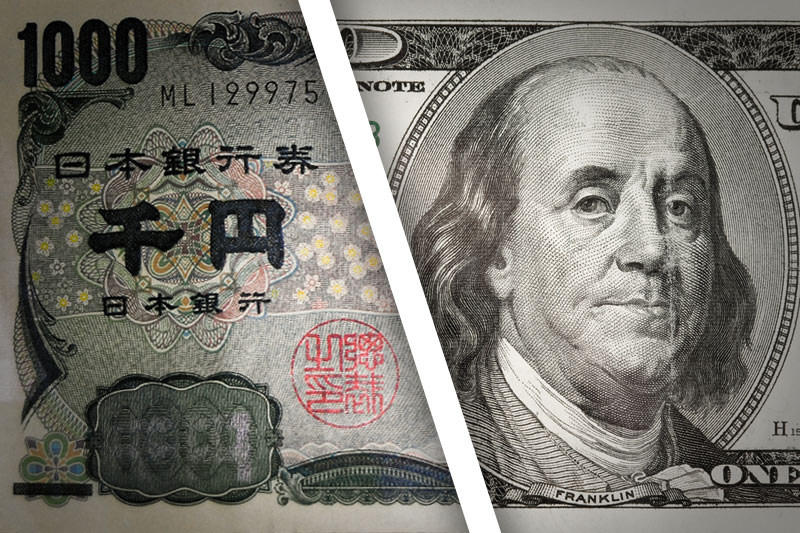BofA update shows where active managers are putting money
Investing.com-- Most Asian currencies weakened on Thursday, while the dollar steadied as traders remained on edge over a brewing trade war between the U.S. and China after Washington imposed new trade tariffs on Beijing.
The Japanese yen was an outlier, extending its recent rally and hitting a near two-month high as a Bank of Japan policymaker talked up the prospect of higher interest rates.
Regional currencies took limited relief from overnight weakness in the dollar, as the greenback remained relatively well-bid ahead of key payrolls data this week.
The dollar index and dollar index futures both rose 0.1% in Asian trade, with focus turning squarely to nonfarm payrolls data due on Friday. Any signs of resilience in the labor market are likely to support the dollar.
Chinese yuan pressured by trade jitters
The Chinese yuan remained under pressure, with the onshore pair having risen sharply on Wednesday as local markets reopened from the Lunar New Year holiday. The USD/CNY pair rose 0.2% on Thursday.
Sentiment towards China was battered by U.S. President Donald Trump imposing 10% trade tariffs on the country. China retaliated with its own tariffs and export controls, potentially heralding the start of a renewed trade war between the world’s biggest economies.
JPMorgan analysts warned that the U.S.-China trade war was likely to escalate further, and that their baseline expectations were that Trump will follow through with his 60% tariffs against China.
This notion pressured Asian currencies, especially those with high trade exposure.
The Australian dollar’s AUD/USD pair fell 0.2% as data showed a bigger-than-expected decline in Australia’s trade balance in December. The country’s exports to China could face renewed headwinds, especially as Beijing faces increased economic pressure from a trade war.
The South Korean won’s USD/KRW pair rose 0.3%, while the Singapore dollar’s USD/SGD pair added 0.1%.
The Indian rupee’s USD/INR pair hit a record high of 87.530 rupees, facing sustained pressure before a Reserve Bank of India (NSE:BOI) meeting on Friday, where the central bank could potentially cut interest rates amid cooling economic growth.
New RBI Governor Sanjay Malhotra is expected to pivot away from the central bank’s policy of using its foreign exchange reserves to stem rupee losses, presenting more weakness in the rupee.
Japanese yen hits near 2-mth high on BOJ rate hike talk
The Japanese yen was an outlier among Asian currencies, with the USD/JPY pair falling as much as 0.5% to 151.81 yen- its lowest level in nearly two months.
The yen was buoyed by comments from BOJ board member Naoki Tamura, who warned that steady growth in wages and inflation could see the bank hike rates to 1% in the second half of 2025.
Tamura’s comments sparked an extended rally in the yen, after stronger-than-expected wage data for December supported the currency earlier this week.
The yen has remained underpinned by increased safe haven demand amid heightened global trade jitters. A 25 basis point hike by the BOJ also boosted the currency since late-January.
